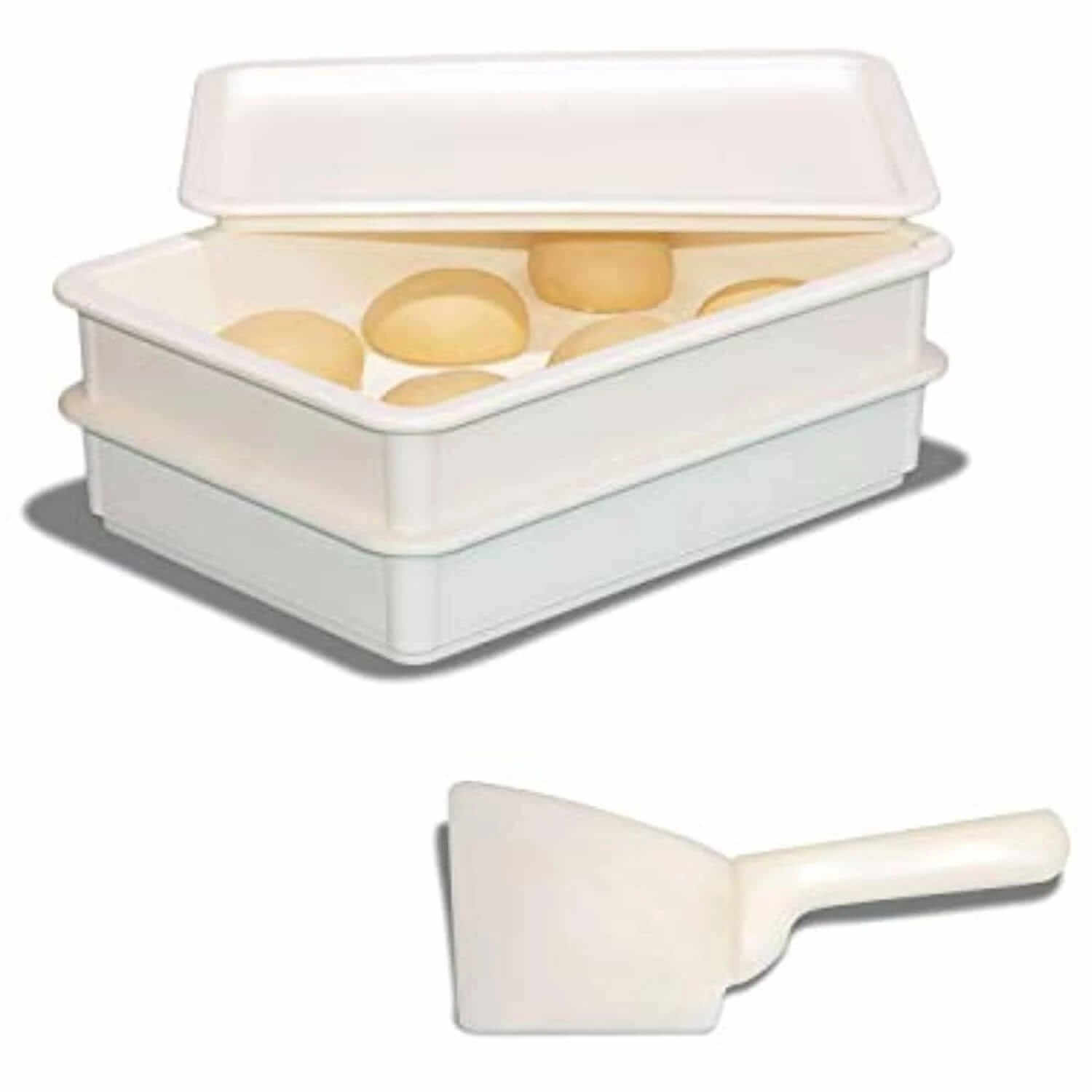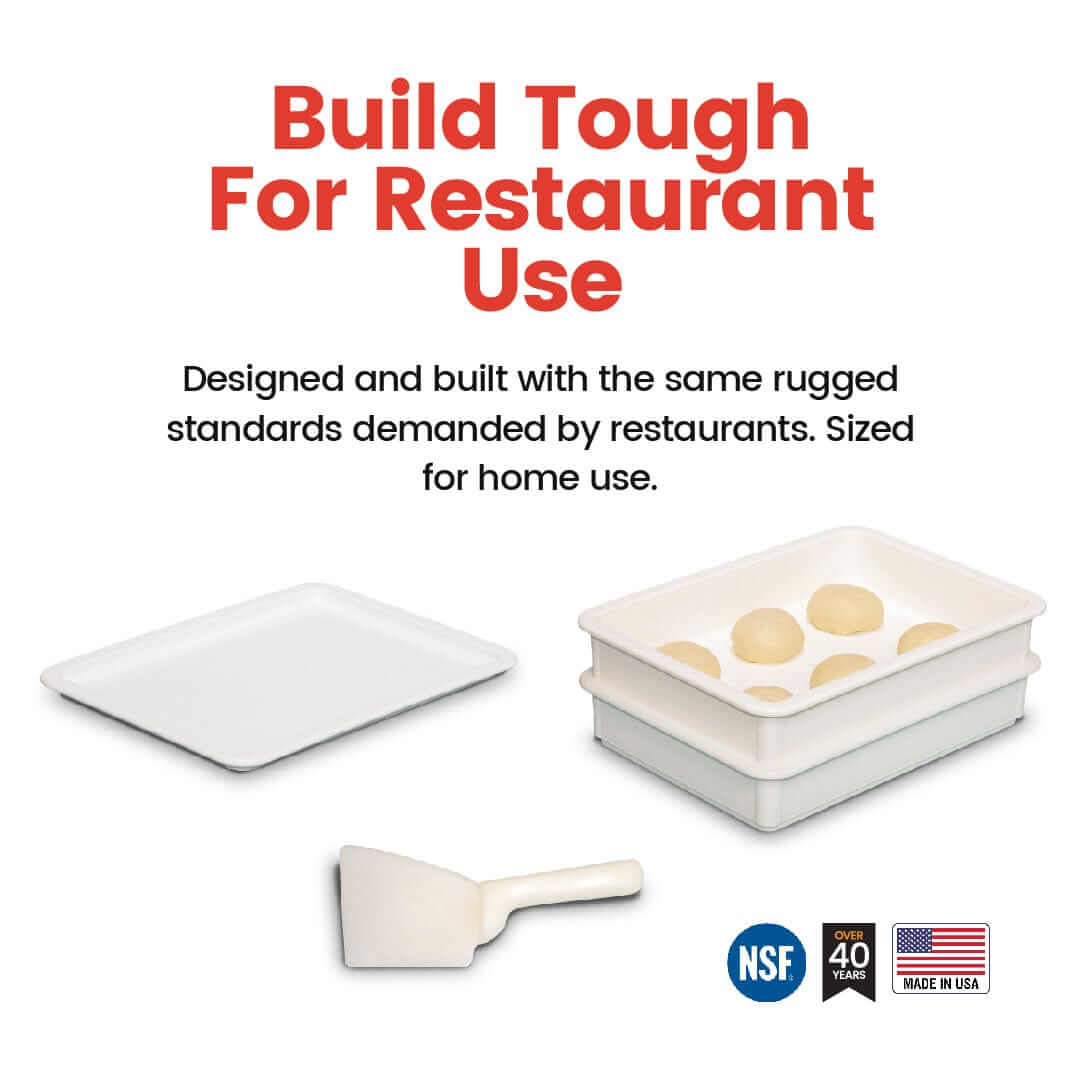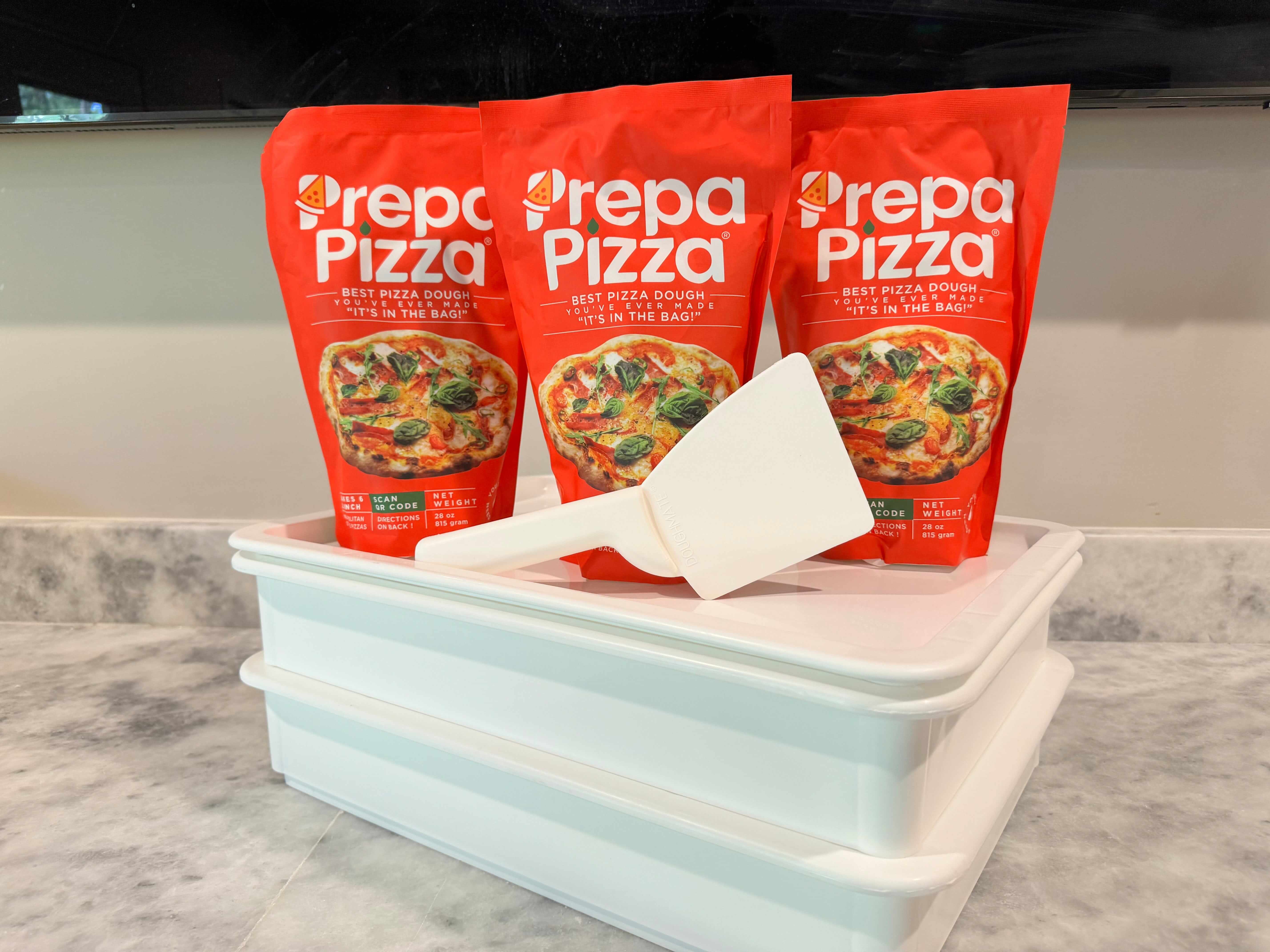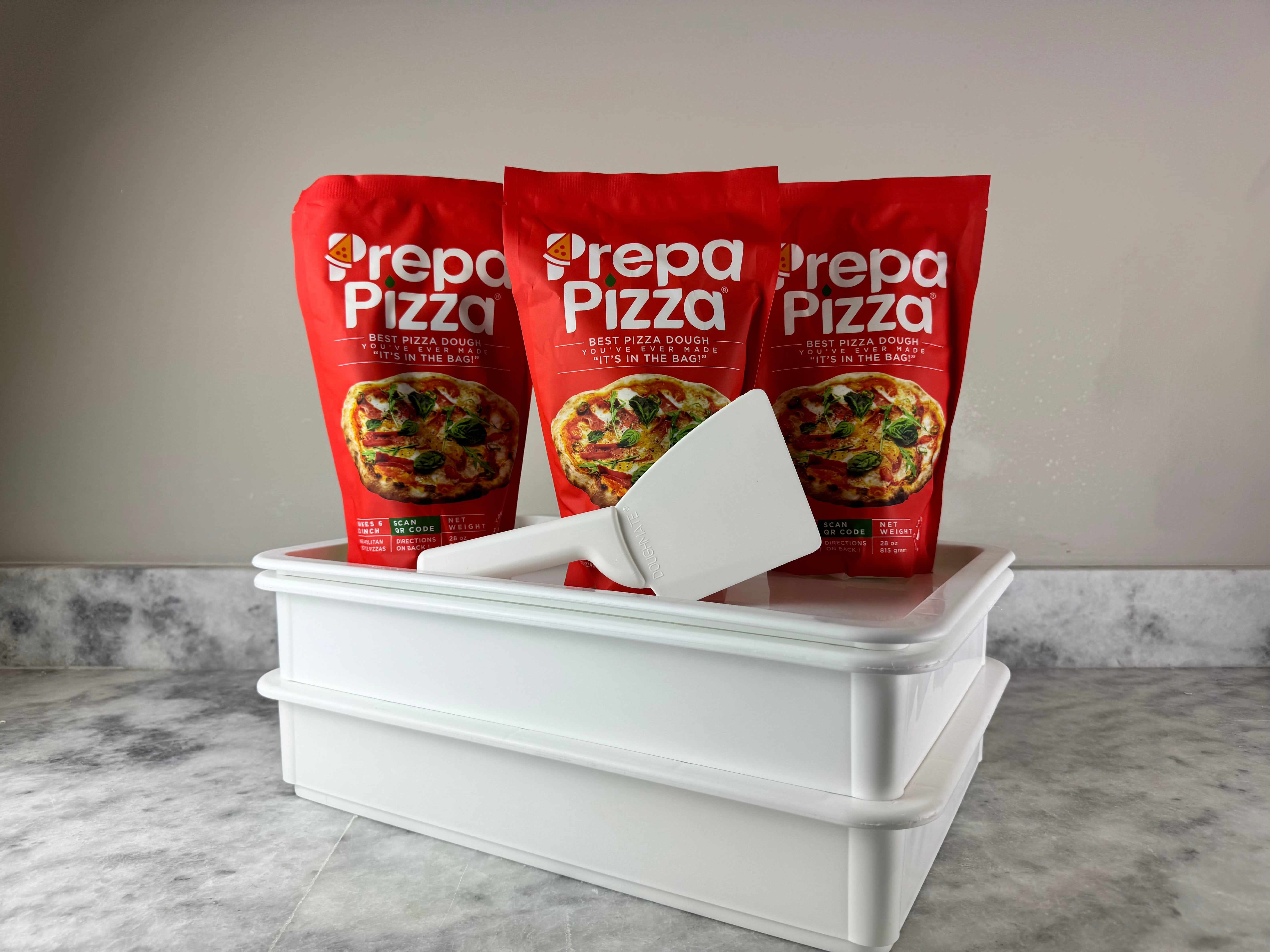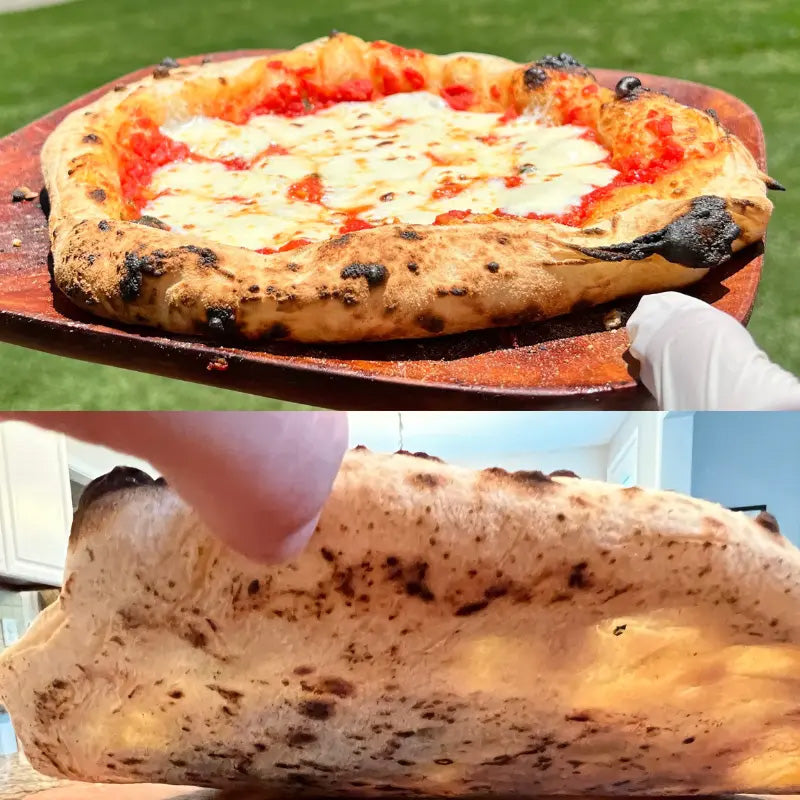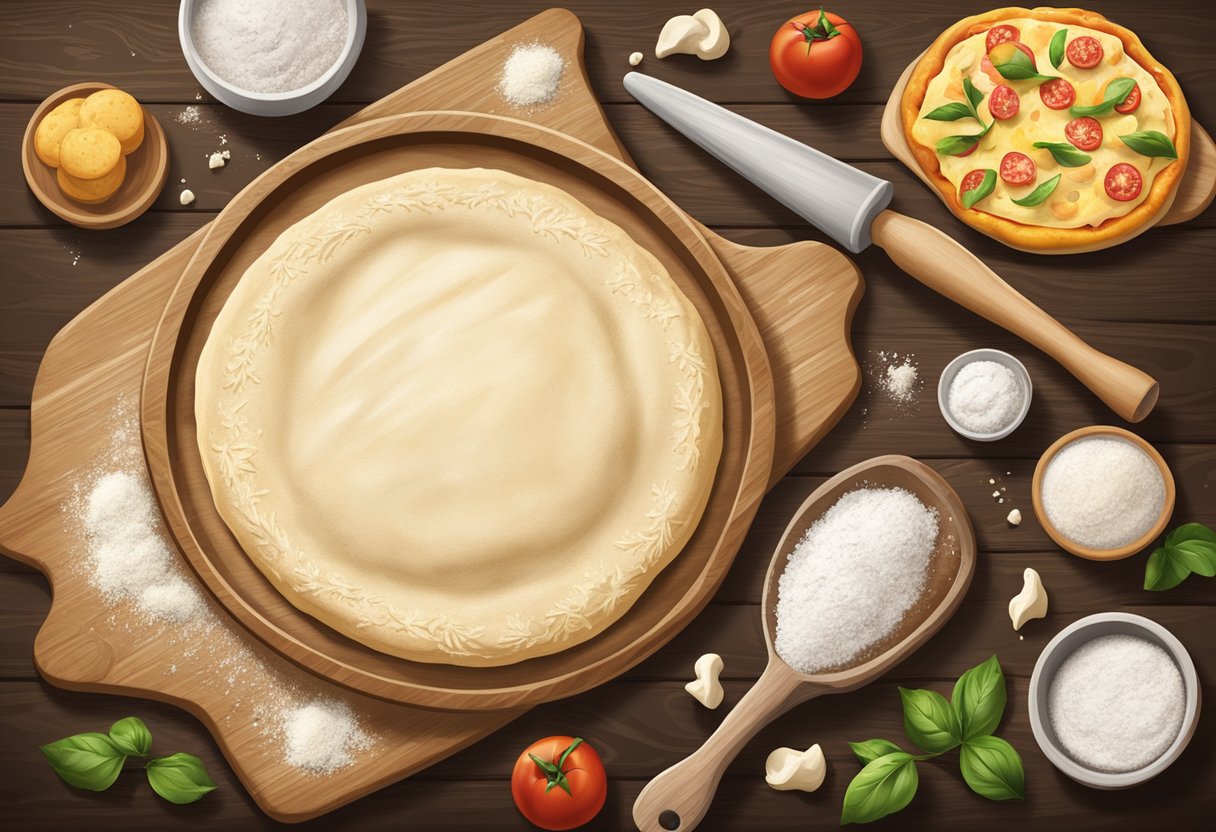
Pre-Made Pizza Dough for Wood-Fired Oven: The Perfect Solution for Effortless Gourmet Pizzas
When it comes to making pizza in a wood-fired oven, the base you choose is crucial. Pre-made pizza dough offers a convenient solution, saving you time while still delivering a delicious, authentic flavor. Whether you are a seasoned chef or a home cook, using quality pre-made dough can enhance your pizza experience without the hassle of creating dough from scratch.
Wood-fired ovens can reach high temperatures that create the perfect crispy crust, making them ideal for baking pizzas. By selecting the right pre-made dough, you ensure that it can withstand these intense cooking conditions while achieving that sought-after artisan texture and taste. Many brands offer frozen or refrigerated options, designed specifically for high-heat cooking, allowing you to enjoy restaurant-quality pizza at home.
Exploring options like Bertello Pizza Dough or Ooni Dough Balls can lead you to the perfect base for your next pizza night. Embracing pre-made pizza dough doesn’t just simplify your routine; it elevates your culinary creations and paves the way for endless topping possibilities.
Selecting the Right Pre-Made Pizza Dough
When choosing pre-made pizza dough for a wood-fired oven, consider the ingredients and brands available, as well as the types of dough that will best suit your dietary preferences and cooking style. They can significantly impact the texture and flavor of your pizza.
Ingredients and Brands
Selecting a brand with high-quality ingredients is vital for achieving the best results. Look for dough made with simple ingredients: flour, water, salt, and yeast are the essentials. Avoid those with preservatives or artificial additives.
Recommended Brands:
- Rich's Products: Known for consistency and flavor, they offer various pre-made options.
- Whole Foods: Their dough typically contains organic ingredients and no artificial additives.
Always check the ingredient list. The texture and taste can vary greatly depending on the brand. Fresh dough often yields better results in a wood-fired oven.
Types of Dough: Traditional, Whole Foods, and Non-Dairy Options
Pre-made pizza dough comes in various types, catering to different dietary needs.
1. Traditional Dough:
This is typically made with refined flour and yeast. It's perfect for classic pizza lovers who enjoy a chewy, crispy base.
2. Whole Foods Options:
These include whole wheat or organic doughs. They are higher in fiber and may offer a nuttier flavor. Whole Foods brands often focus on transparency in sourcing ingredients.
3. Non-Dairy Options:
If you're avoiding dairy, look for doughs that use non-dairy emulsions. Brands like Rich's may offer emulsified doughs with no animal products.
Each type can affect your pizza’s outcome, so choose one that aligns with your preferences and dietary requirements.
Preparation Techniques for Wood-Fired Pizzas
Creating the perfect wood-fired pizza involves specific techniques for managing dough and achieving an ideal crust. Mastering these steps can elevate your pizza-making experience significantly.
Working with Dough Balls
Start by removing your dough balls from refrigeration about 3-4 hours before you plan to cook. This allows the dough to come to room temperature, making it easier to stretch.
Flour your work surface generously to prevent sticking. Lightly coat your hands and the dough with olive oil to enhance elasticity.
Gently press down on the dough ball with your fingertips, then use your hands to stretch it out, turning it as you go. Aim for a thickness of about 1/4 inch in the center, leaving slightly thicker edges for the crust. Avoid rolling pins, as they can deflate the dough’s air bubbles, crucial for a light texture.
If the dough resists stretching, let it rest for a few minutes before trying again. This relaxation helps the gluten adapt.
Achieving the Perfect Pizza Crust
For an ideal pizza crust, begin with a preheated wood-fired oven, ideally reaching temperatures between 800°F and 900°F.
Once your dough is formed and ready, use a wooden pizza peel to transfer it into the oven. Sprinkle flour or cornmeal on the peel to ensure easy sliding.
Cook the pizza for 60-90 seconds, turning it halfway to achieve even cooking. The high heat creates a charred, crispy crust while keeping the interior chewy.
Monitor closely to prevent burning. Once done, remove the pizza and let it cool for just a moment. This brief rest allows the flavors to settle.
With practice, you will master these techniques, leading to consistently delicious wood-fired pizzas.
Oven Conditions and Cooking Processes
When using a wood-fired oven for cooking pizza, understanding oven temperature and the importance of timing and rotation are crucial for achieving the perfect crust and topping consistency. Each element plays a vital role in creating the ideal pizza experience.
Understanding Oven Temperature
Your wood-fired oven can reach temperatures as high as 800°F. This high heat is essential for cooking pizza quickly, typically in about 90 seconds to 2 minutes.
To achieve this, preheat the oven for at least 30 to 45 minutes. This allows the oven floor to reach the optimal cooking temperature. Maintaining an even temperature across the oven surface ensures that your pizza cooks uniformly.
Use a pizza stone or baking steel for better heat retention. These materials can help distribute the heat evenly, enhancing your cooking results.
Timing and Rotation for Even Cooking
Once your pizza is in the oven, timing is critical. You should start checking it after about 30 seconds. High temperatures can lead to rapid cooking, and you want to avoid burnt crusts.
Rotating the pizza halfway through the cooking time promotes even cooking. Since heat distribution can vary, turning the pizza ensures all parts receive adequate heat.
Using a pizza peel, carefully rotate the pizza to achieve browning on all sides. Keeping an eye on your pizza allows you to achieve that perfect golden color while ensuring toppings are cooked just right.
Complementary Foods and Recipes
Exploring complementary foods enhances your wood-fired pizza experience. Both calzones and seafood offer delicious variations, while ingredients like prosciutto elevate the flavors of classic pizzas.
Crafting Calzones and Other Baked Goods
Calzones are a fantastic way to utilize pre-made pizza dough. To create a basic calzone, stretch your dough into a circle, adding your favorite fillings before folding it over. Common fillings include:
- Ricotta cheese
- Mozzarella cheese
- Cooked vegetables (like spinach or mushrooms)
- Meats (such as sausage or pepperoni)
Seal the edges by crimping them with a fork. Bake in your wood-fired oven until golden. You can also experiment with other baked goods, like stromboli or savory pastries using the same dough. These options provide versatile meal solutions and can be tailored to personal taste preferences.
Incorporating Seafood and Prosciutto into Pizzas
Seafood can add a unique twist to your pizza. Consider using toppings like shrimp, clams, or smoked salmon. Combine them with a light base of olive oil and garlic instead of traditional pizza sauce for a fresh flavor profile.
Prosciutto brings a savory richness to your pizzas. When adding it, consider using it alongside figs or arugula for a balanced dish. Simply layer the prosciutto over your toppings after baking to maintain its delicate texture. This technique allows for an elegant finish that enhances the overall taste.
Cost Considerations and Supply Chain
Managing costs and securing a reliable supply chain are crucial when working with pre-made pizza dough, especially for wood-fired ovens. Understanding pricing dynamics and sourcing high-quality ingredients can significantly impact your overall operational efficiency and profitability.
Evaluating Price Points for Retail and Foodservice
When evaluating price points, it's essential to differentiate between retail and foodservice pricing. Retail options like Pillsbury and Trader Joe’s offer competitive pricing for home cooks, typically ranging from $2 to $5 per package. In contrast, foodservice providers may offer bulk purchasing options, reducing the per-unit cost.
Consider the volume you plan to purchase. Larger quantities often lead to discounts. It's wise to keep an eye on seasonal price fluctuations, as ingredients may vary in cost depending on availability.
Create a budget that includes not only the purchase price but also delivery fees, storage costs, and potential waste. Doing so will help you determine the most economically viable option while still providing high-quality pizza dough.
Sourcing Quality Ingredients from Suppliers
To ensure the best quality for your pizza dough, sourcing from reputable suppliers is critical. Establish relationships with companies that value quality over cost-cutting. For example, many successful pizzerias rely on local suppliers for fresh ingredients, which can elevate the taste of your dough.
Ask suppliers about their sourcing practices. Quality wheat flour, yeast, and other ingredients directly affect the dough’s performance in a wood-fired oven. When comparing suppliers, consider requesting samples to evaluate dough texture and taste.
Furthermore, consider the logistics of your supply chain. Reliable delivery schedules are essential to avoid stockouts. Assess each supplier’s lead times and ensure they align with your operational needs to maintain consistent production levels.
Frequently Asked Questions
This section addresses common queries regarding pre-made pizza dough specifically for wood-fired ovens. You will find information about the best types of dough, preparation methods, and where to purchase quality options.
What type of dough is best suited for a wood-fired pizza oven?
The ideal dough for a wood-fired pizza oven should be high in hydration, allowing for a crispy crust. Look for recipes that incorporate more water, as moist dough promotes better texture and cooking in high temperatures.
Can store-bought frozen dough balls be used for wood-fired ovens?
Yes, you can use store-bought frozen dough balls in a wood-fired oven, but ensure they are specifically designed for high-temperature cooking. Regular pre-made dough may not yield the best results due to its formulation.
What are the instructions for preparing frozen pizza dough in a wood-fired oven?
Thaw the frozen dough in the refrigerator overnight. Before cooking, let it reach room temperature for about 30 minutes. Shape the dough on a well-floured surface, ensuring it remains light and airy before placing it in the hot oven.
Where can I buy high-quality pre-made pizza dough?
Look for high-quality pre-made pizza dough at specialty grocery stores or local pizzerias. Many artisanal bakeries also sell dough made specifically for high-heat cooking environments like wood-fired ovens.
How does wood-fired oven pizza dough differ from regular dough?
Wood-fired oven pizza dough is typically formulated to withstand higher temperatures. It tends to have higher hydration levels, resulting in a crust that is both crispy on the outside and chewy on the inside.
Is it necessary to use a specific brand of pizza dough for wood-fired ovens?
While it’s not necessary to stick to a specific brand, using dough formulated for wood-fired ovens will ensure better results. Brands that focus on high hydration and quality ingredients are generally recommended for optimal performance.




